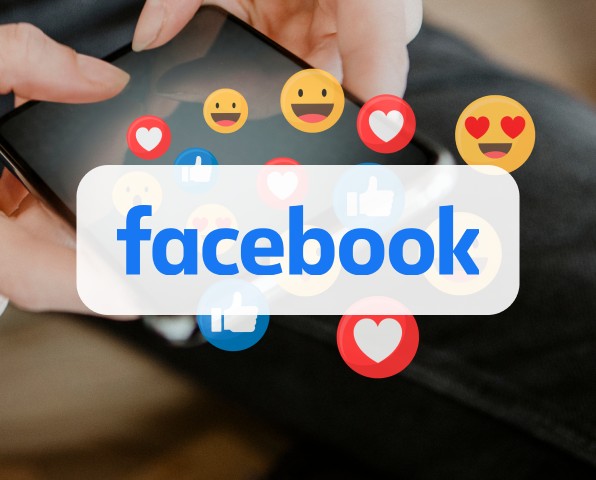
Facebook is a popular social media platform that allows users to connect with others, share content, and engage in discussions. It provides a variety of features and tools that can be utilized for storytelling and promoting social change.
Facebook offers a wide reach and a built-in audience, making it an effective tool for young people to share their stories and drive social change. Through written posts, videos, images, and live streams, young storytellers can convey their messages, spark conversations, and mobilize communities. Facebook's publishing capabilities, combined with its multimedia features, provide a versatile platform for impactful storytelling and amplifying the voices of young changemakers.
You can use text formats, image blurbs, reels, stories and videos, or combine them to tell your story on Facebook. You could choose to make a dedicated page for your project or to simply make your storytelling posts public, whatever feels more comfortable.
Step by Step How to Utilize Facebook for Storytelling:
These are perfect examples of what textual + images storytelling on Facebook can do:
Humans of New York: https://www.facebook.com/humansofnewyork
The Atlas of Beauty: https://www.facebook.com/MihaelaNorocPhoto
Watch a demo video about using Facebook for storytelling: https://www.facebook.com/watch/?ref=search&v=10154671041258053&external_log_id=201798f9-bc8a-4f99-901e-0665005dd5c9&q=social%20change%20facebook
To utilize Facebook for storytelling, simply sign up for an account if you don't already have one. Familiarize yourself with the platform's features and guidelines to effectively share your stories and engage with your target audience. Take advantage of the multimedia options, community-building capabilities, and publishing tools to create meaningful and impactful narratives that inspire social change.